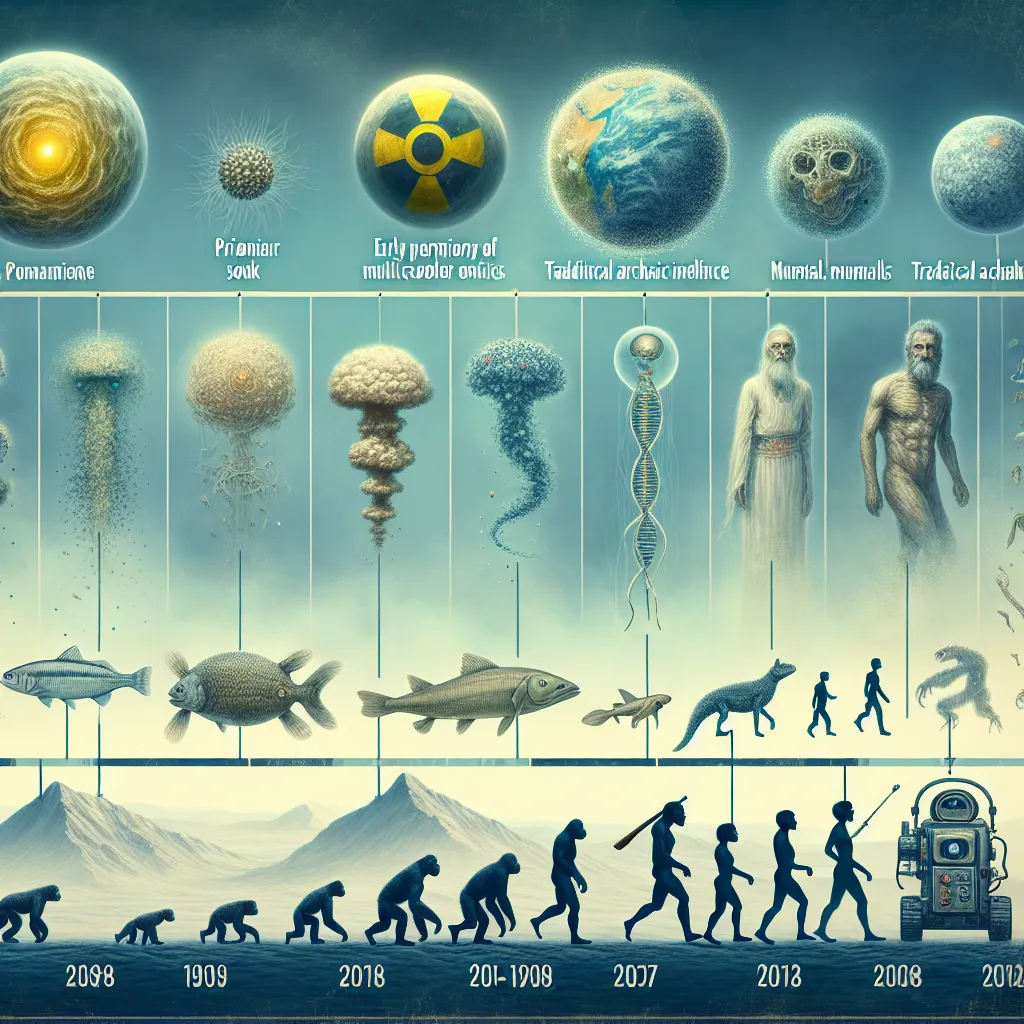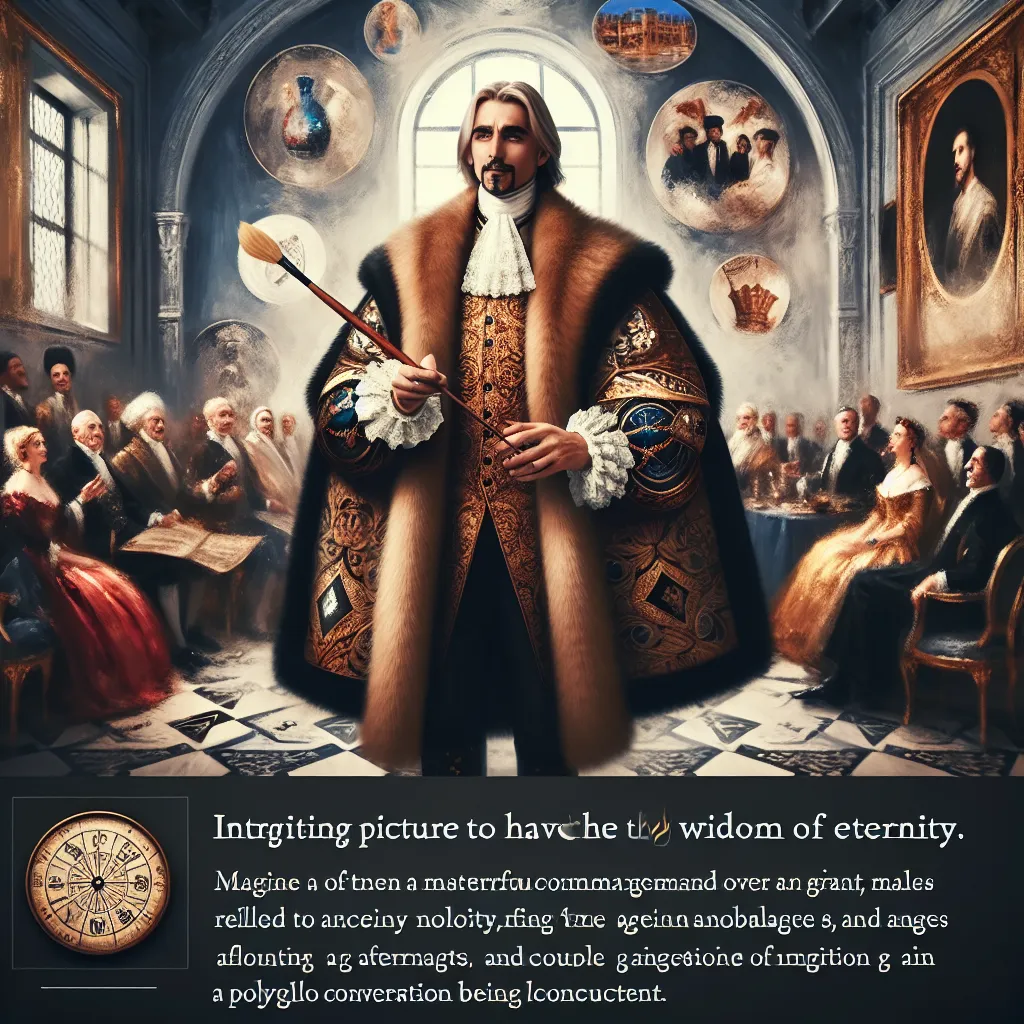Every two years, a million Japanese people disappear. China’s population is projected to halve by the century’s end, and Italy’s average age has hit 48. Across the globe, birth rates are plummeting. Are we facing the end of humanity?
For ages, human population growth was stagnant due to disease, famine, and war. However, the industrial revolution changed everything, bringing exponential growth. From 6 billion in 1999, we zoomed to 8 billion in just 24 years, with numbers predicted to rise for at least another 60 years. But despite this growth, people have kind of stopped having babies.
To maintain a stable population, every couple needs to have two kids on average. If they don’t, the population declines. Look at South Korea, a cultural powerhouse with the world’s lowest fertility rate at 0.8 children per woman. At this rate, 100 South Koreans will turn into 40 kids, who will then have 16 kids, and so on. If things stay the same, South Korea will see a 94% decrease in young people within a century.
China is experiencing a dramatic population decline due to rapid industrialization, urbanization, rising incomes, and the infamous One Child Policy. With a fertility rate of 1.16 births per woman, China’s population is expected to shrink drastically within four generations. Even Europe faces depopulation, though immigration helps dampen the effect. Yet, even immigrants’ birth rates sync with local populations within a few generations.
Interestingly, much of the Middle East, North Africa, and Sub-Saharan Africa still have high fertility rates, raising old concerns about overpopulation. But even these regions are seeing a decrease in birthrates quicker than expected. By the century’s end, Africa might follow East Asia’s path with birth rates dropping below replacement levels.
Declining fertility rates and aging populations are now global trends. Why is this a big deal? A society needs enough young people to work and create wealth. As people retire, they contribute less but generate significant healthcare costs. Without enough young workers, the financial burden becomes unsustainable, even for wealthy nations.
For instance, 11 out of 31 provinces in China are running pension deficits. Their working-age population could drop by 20% by 2050, equating to the current working population of the USA. Infrastructure also suffers; cities can’t maintain services without enough people and income to support them. Life won’t get cheaper or better with fewer people. It’s human effort and ideas that generate prosperity, not just resource availability.
Aging societies might elect governments that favor short-term solutions over innovation, potentially stalling progress on issues like climate change. And even though we might think a smaller human population would help the environment, population shrinkage is too slow to make a real impact in time to combat climate changes.
Immigration isn’t a long-term fix either. Immigrants adapt to local birth rates in a few generations, and a constant influx is not sustainable globally. In the future, African migrants might be highly sought after, but this approach could lead to cultural tensions and social divides, potentially increasing xenophobia.
So, what can we do? While no country has significantly boosted birth rates, making life easier for parents can help. Free daycare, financial incentives, affordable housing, and shifting societal norms to better support families are good starting points.
Humanity won’t die out from having fewer babies, but the changing age structure in society needs addressing soon. Challenges like this aren’t new; we’ve overcome many before. Solving this one starts with understanding and adapting, ensuring we’re prepared to face our future.
In the end, people create prosperity through ideas and hard work. So, let’s not panic but start working on making life better for future generations.






